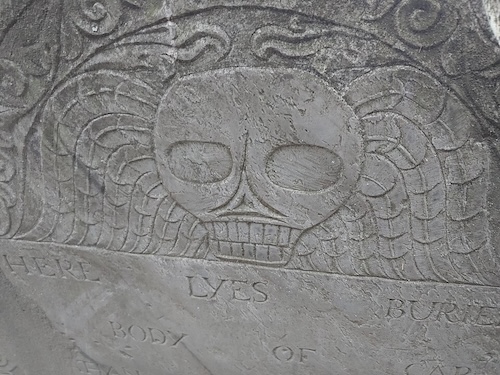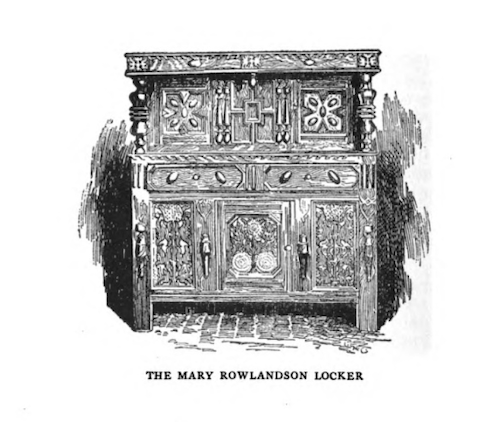In colonial America, art, music, and literature were more than just entertainment. They reflected daily life, beliefs, and community values. These creative forms showed what people cared about, how they worshipped, and what made each region unique. From hand-painted portraits to handwritten hymns, the arts helped shape early American identity.
Colonial Art: Practical and Personal
Most colonists were focused on survival, so fine art like sculptures and grand paintings was rare at first. Over time, especially as some colonists gained wealth, art began to grow. Many people still saw art as something useful. For example, furniture and household items were often carved with designs. Tombstones had symbols like skulls or flowers.
As life became more stable, colonists began to commission portraits to show their family’s importance. Portraits reminded future generations of their roots and honored major life events. Artists like John Smibert and Gustavus Hesselius painted lifelike images that combined European styles with colonial subjects. These early painters helped prepare the way for famous American artists such as Benjamin West and Charles Willson Peale.

Music: Sacred Sounds and Shared Traditions
Music was common in colonial life, from churches to fields to family events. People brought musical traditions from Europe, including instruments like fiddles, flutes, and harps. Sacred music, especially the singing of psalms, was common in churches. Colonists sang verses directly from the Bible, often without instruments. They also created and sang hymns that reflected their faith and values.
Music also reflected the blending of cultures in colonial America. Enslaved Africans brought powerful musical traditions with them. These included call-and-response patterns, rhythmic drumming, and songs that expressed hope, sorrow, and resistance. Over time, instruments like the banjo, which have African roots, became part of American music. Indigenous groups also shared songs and instruments that influenced local sounds, especially in frontier and mission areas. Together, these cultures shaped a unique American style of music.

Literature: Stories of Faith and Survival
Writing was a powerful way for colonists to share their beliefs and record their struggles. Much of the early literature was religious. The Puritans, who settled in New England, believed writing should teach moral lessons and help people grow closer to God. Poems by Anne Bradstreet and sermons by Jonathan Edwards show their deep concern with faith and salvation.
Other writings told stories of life in the colonies. Mary Rowlandson’s captivity narrative described her time with Indigenous captors during a violent raid. William Byrd and Samuel Sewall wrote diaries that provide a glimpse into daily life and social changes. Enslaved people also shared their experiences through oral stories and spirituals, and later through written narratives that would become powerful voices for freedom. These forms of literature helped people understand their world and speak out about their hopes, fears, and realities.

Conclusion
People in the colonies created various forms of art, music, and literature. These works developed over time as the colonies became more established. Today, they are considered valuable sources for studying the colonial period. They help scholars better understand the people and events of early American history.
